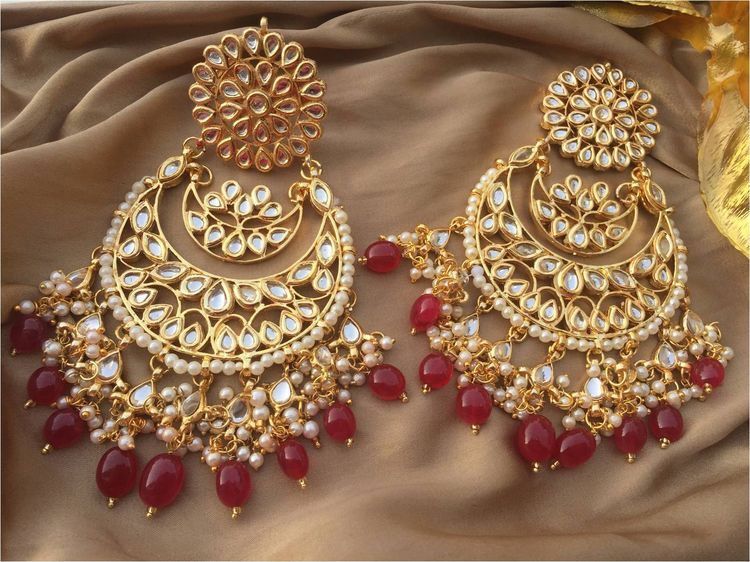As far as we know, people have been wearing Jewellery for, well, as long as there have been people! So why do they do it? There are actually several reasons. Which is probably why it’s so universal.
Jewellery – the American (Sterling Silver ) and British English (Jewellery) spelling are different – is an item of personal adornment, such as a necklace, ring, brooch or bracelet, that is worn by an individual. It is usually made from some form of precious metals, but may be from any other material, and may be appreciated because of geometric, symbolic, artistic or other patterns.
Probably the first things that come to mind when thinking about why people wear Jewellery are connected with wealth. Jewellery has been the principal means of financial wealth display in many societies and cultures.
Most of these cultures have, at some point, had a practice of keeping large amounts of wealth stored in the form of Jewellery so that Jewellery has become a way of storing wealth and becomes a form of currency. Even today, many cultures exploit Jewellery in wedding dowries and rituals, either symbolically or actually as a form of wealth transfer. Jewellery has also been used as a currency to trade goods.
But it’s not all about money. Many items of jewellery, such as brooches, clasps, pins and buckles originated as purely functional items, evolving later into decorative items as clothing itself evolved, and the functional requirement in support of clothing diminished.
Jewellery can also be used principally for symbolic purposes – to show membership of a group, as, for example, in the wearing of the Christian crucifix or Jewish Star of David, or of status, as in the wearing of chains of office, or the mostly Western practice of married people wearing a wedding ring.
In different periods of history and in different parts of the world various components and forms have been ascribed different meanings. In Victorian times, for example, a Snake came to mean “Eternity” as Prince Albert gave Queen Victoria an engagement ring in the form of a snake.
So where today we see a pretty little piece of Jewellery as quaint, decorative, interesting or valuable – a hundred and fifty years ago the original owner may have seen the same piece to have had a quite different and deeper meaning.
In the past, and in some cases in the present, though to perhaps a much smaller degree, Jewellery can be thought to offer powers of protection such as in the form of amulets and magical wards. Wearing of amulets and devotional medals to provide protection or ward off evil is common in some cultures; these may take the form of symbols (such as the ankh), stones, plants, animals, body parts (such as the Khamsa), or glyphs such as stylized versions of the Throne Verse in Islamic art.
Although artistic display has clearly been a function of jewellery from the very beginning, the other roles described above tended to take primacy. Over more recent times, however, there has been a general drift towards the wearing of Jewellery being more generally about the display of taste, style and awareness of fashion.
This trend probably began in the late 19th century, with the work of such masters as Peter Carl Fabergé and René Lalique and art began to take primacy over function and wealth. This trend has continued into modern times, expanded upon by artists such as Robert Lee Morris and Ed Levin.
